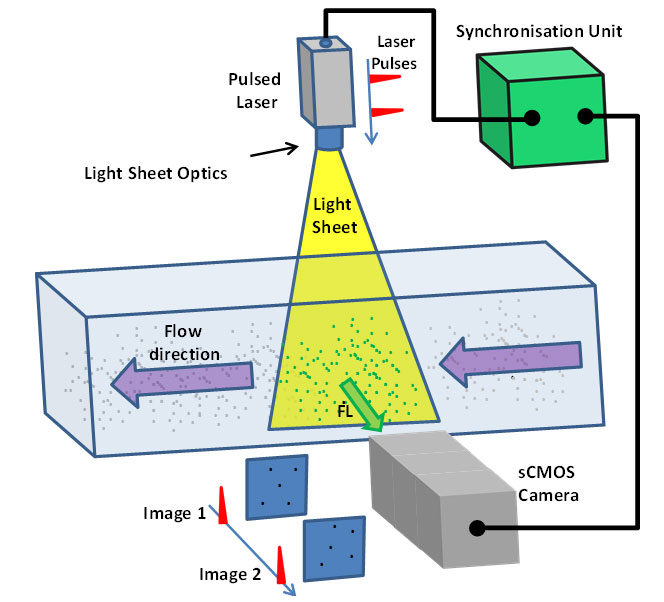Resources
 Part of the Oxford Instruments Group
Part of the Oxford Instruments Group
Expand
Collapse
 Part of the Oxford Instruments Group
Part of the Oxford Instruments Group
In the wide range of applications involving plasmas, there is a common requirement to know what the plasma consists of and how it is changing in time. Applications range from those in industrial day-to-day processing to fundamental research in the laboratory involving a wide variation in plasmas in terms of the fundamental parameters such as density and temperature, to those encountered in the cosmos. Laser ablation for thin film deposition, combustion studies, semiconductor and magnetics device manufacturing, creation of MEMs, NEMS and nano-structures, display screens, thermonuclear energy generation and studies on stars and interstellar media are just some of the places where plasma is encountered.
The key parameters used in describing a plasma are the temperature and density of the free electrons, ions and the neutrals. Allied to this one would like to know the ionisation states present, the species present and how these are evolving over time, i.e. if it is a transient or a steady state plasma.
Challenge Background

To glean this information both plasma imaging and spectroscopy techniques are utilised. Generally, plasma environments are highly dynamic and transient, so information has to be captured in very short temporal windows typically on the order of 10’s of nanoseconds (or indeed on picosecond timescales). Intensified CCD cameras are the detector of choice where a gated intensifier allows for temporal acquisitions windows or resolution down to the nanosecond regime. Transmission filters with very specific bandpass regions can be used to select specific emissions from the plasma that are associated with particular chemical species (molecules, radicals, atoms, ions). These filters just need mounted in front of the ICCD camera for acquisition of 2D PLIF or LIF images.
The most popular techniques for carrying out spectroscopy uses dispersive spectrometers with an ICCD camera attached. Spectral resolution is often of key importance especially if looking at differentiating between atomic/ionic species through their characteristic fingerprint spectra. Typical resolutions will be on the order of 0.1 nm or better.
Dual-image acquisition mode is a variant of the imaging technique where two successive images or ‘snapshots’ are taken in rapid succession with a small inter-image-frame time which enable the spatial and velocity mapping of species movement within the plasma volume. Particle Imaging Velocimetry or PIV makes use of this capability. In-line, sCMOS, and intensified sCMOS (ICMOS) cameras offer this mode of operation.
Andor solutions
Andor provides two families of intensified cameras or ICCDs, the iStar ICCD series and the iStar-sCMOS series [2]. These incorporate the most popular Gen 2 and Gen 3 intensifier tubes offering a wide range of wavelength sensitivity from the deeper UV right up to beyond 1 µm in the NIR [2]. The iStar-sCMOS camera uses a scientific CMOS or sCMOS sensor at the back end. This allows for much faster image (and spectral) frame rates, and also importantly offers the dual-image mode as used in PIV measurements [4,5].
A range of spectrometers, Kymera and Shamrock families [3], are available which offer flexibility and a wide choice in terms of resolution, throughput, multiple input and output ports, coupling of light in, and a wide range of gratings. In addition, there is an echelle-based spectrometer, the Mechelle, which has been specially designed for plasma studies where it simultaneously offers high resolution and extremely wide spectral range (200 nm – 950 nm). The Mechelle in combination with iStar presents a robust solution for applications such as LIBS.
Links to more detailed information:
